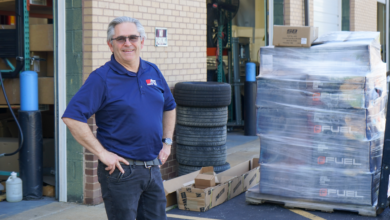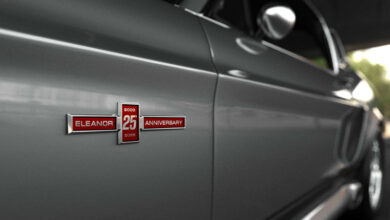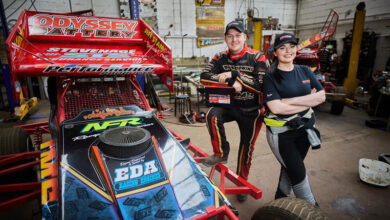
It’s 2010. After a long day at work, you sit down at your PC and log into your favorite automotive forum. You smile at the progress a user is making on his shocks installation, and nod along with the helpful rundown provided by a tech-savvy moderator. A few comments later, you pop over to see if any new meet-ups were listed in your local Facebook group, do a quick check on your eBay bid and head to bed so you can wake up at 5 a.m. for Saturday’s car show. Life is good.
Fast-forward 12 years, and the online component of automotive enthusiasm is nearly unrecognizable from its quaint, desktop-bound roots. Rudimentary profile pages and message boards have transformed into curated photo grids and endless scrolls of content. No matter how niche the topic, there are now strings of hashtags and social pages to click through, countless feature vehicles and aftermarket products to zoom in on. Eventually, results begin suggesting themselves, thanks to a dogged algorithm that actively follows smartphone finger taps.
While this new digital playground emerged over several years, quarantine measures rapidly accelerated the formal shift. Stuck at home, people escaped online en masse. As a result, today’s enthusiasts are engaging, learning, shopping and even gathering in wholly new ways.
Instant Gratification
“Social media brings the car enthusiast world right to your hands,” says Johnny Teunissen, a software engineer and gearhead who calls California his home and a 1967 Pontiac Tempest his passion. “I personally applaud and love how the hobby has evolved. Before, you had to go out and do the work to find the information you needed – get on the phone, go to shows and find the answers. Now, I can find likeminded car enthusiasts, as well as vendors, parts, shows, cruises, specific cars – you name it. You can find it on social media.”
“The rabbit hole of information has become virtually limitless,” agrees Patrick Wagenbrenner, communications manager at Keystone Automotive Operations. “But the biggest change is that the results are nearly instantaneous.”
Social media’s rapid-fire pace not only provides relevant information on demand, but also offers unfettered access to the people who hold that information. Through direct-messages and comments, curiosity is quickly satisfied. Better yet, Teunissen says, the feedback often comes straight from the source.
“I think it’s expanded the enthusiast community,” he says.
Thanks to sites like Instagram and YouTube, Teunissen’s automotive circle is no longer limited to neighborhood friends or local car clubs. He can connect with fellow gearheads all over the world.
“I actually stumbled upon a startup company in Australia that is getting into the headlight game,” he says. “Without social media, I don’t think I would have ever found it. Now, I’ve not only developed a customer-to-vendor relationship, but also a friend-to-friend relationship with the owner.”
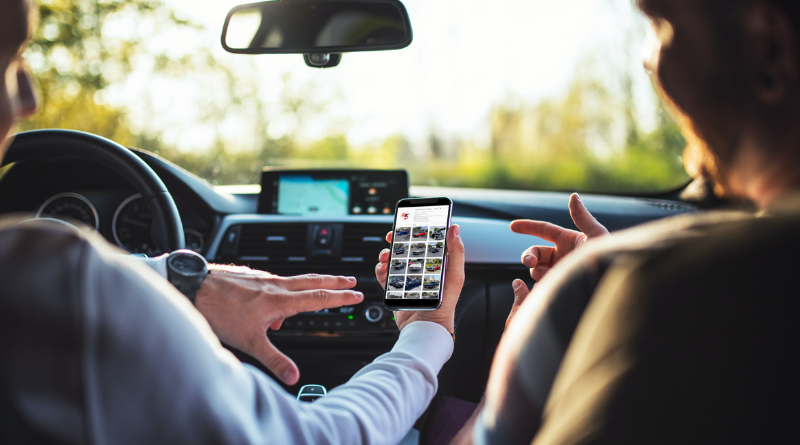
To Wagenbrenner, social media acts as a modern-day “calling card” for retailers and suppliers. He says when stories told through image and video resonate with online audiences, it creates a following. Serve this group consistently engaging and authentic content, and it can start resembling a fandom – which drastically increases the potential for organic, wide-spread reach.
“Different suppliers and shops approach this in different ways,” he says, “but the ones that we’ve seen to have the most success find the right balance of community-building through information, education and entertainment.”
For suppliers, this often looks like a true product showcase that exposes potential and existing customers to their offerings. Shops, meanwhile, might focus less on the “what” and more on the “how,” by taking their followers behind-the-scenes of project builds or custom jobs. In either case, the content and subsequent interaction serve to establish brand loyalty, which goes a long way when looking to stand out in the crowd.
Here We Are Now, Entertain Us
While Facebook still dominates the social networking scene with nearly 3 billion monthly average users, its relevance in car culture is waning. Visual-based platforms like Instagram, YouTube and TikTok capitalize on the belief that a picture is worth a thousand words – and video is worth a million.
“Vehicles aren’t statues,” Wagenbrenner says. “They have sound, movement, smell. It’s a 360-degree experience, so it makes sense to highlight that in the most visceral way possible.”
Video content has become an integral part of social media over the past two years. Proven to generate more user engagement, videos enjoy increased exposure and tend to stick around longer in search results and suggestions. According to video hosting platform Wistia, the time spent watching videos increased 249% since 2016, up from 3.5 billion minutes to 12.2 billion minutes in 2020.

Wagenbrenner, who manages Keystone Automotive’s social profiles, found considerable organic success using Instagram Reels. The dynamic feature, introduced in 2020 to better compete with TikTok, prioritizes short-form video content.
In addition to being trendy, Reels gain more impressions than a traditional Instagram photo, and they receive a natural boost from the platform as it tries to encourage use of its newest feature. Plus, Wagenbrenner says, they’re simply more interesting than a static picture – and entertainment should be a top concern when creating content.
Instagram itself reinforces this idea. In June 2021, CEO Adam Mosseri posted a video to his personal account outlining the platform’s new priorities. “We are no longer a photo-sharing app,” he said matter-of-factly. “The number one reason that people say they use Instagram, [according to] research, is to be entertained.”
Social Media? Meet Social Networking
Creating authentic, quality content that resonates with modern audiences while still building brand awareness is a tall order. A recent consumer survey conducted by Wakefield Research for The Desire Company revealed that 87% of consumers doubt influencers actually use the products they advertise, and 22% believe most or all online reviews are fake.
To avoid misrepresentation amid wary consumers, Wagenbrenner suggests creators simply showcase what it is they actually do – not just what they think audiences want to see them do. The data supports his advice; 51% of consumers in the aforementioned survey say the only recommendation they need to really feel confident in their purchase is an expert demonstrating how to use that product.
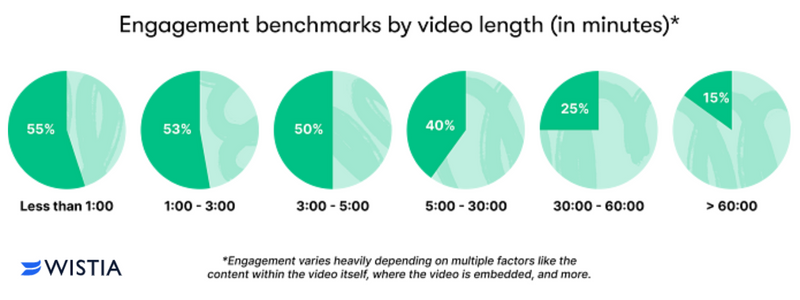
For Teunissen, a successful social channel is one that highlights everyday enthusiasts right alongside professional six-figure builds. Giving time and attention to the “little guys” with families and budgets helps establish a rapport with followers, he says. It can also energize them to reach out and ask questions, engage with tagged suppliers and mention the channel in their own posts and stories.
Wagenbrenner sees this type of interaction as key to forging a personal connection with one’s audience. It’s not enough to simply post a picture or video, he says. A content creator builds trust by responding to messages, engaging in comments and liking other posts. “Two-way communication is how this works,” he says. “With social media, the friend of my friend is my friend.”
And, much like real friends, the feedback from online followers is valuable, even when brutally honest. “Social media is the only place where people will tell you – in real time and with virtually zero filters – exactly what they think of your content,” Wagenbrenner says. “You are basically conducting a survey every time you post something.”
Let’s Get Together
Ironically, online social platforms have also had a profound effect on offline enthusiast get-togethers.
Events which would normally take months to plan, in order to maximize traditional marketing methods, can now be organized in mere days. Thanks to the speed at which a message hits the social sphere, organizers are not only saving time, money and manpower, but also thinking up entirely new formats – like pop-ups.
Designed to be temporary and non-traditional, pop-ups can happen anytime, anywhere. This feature builds a natural sense of excitement among attendees and, in social speak, a Fear Of Missing Out (FOMO).
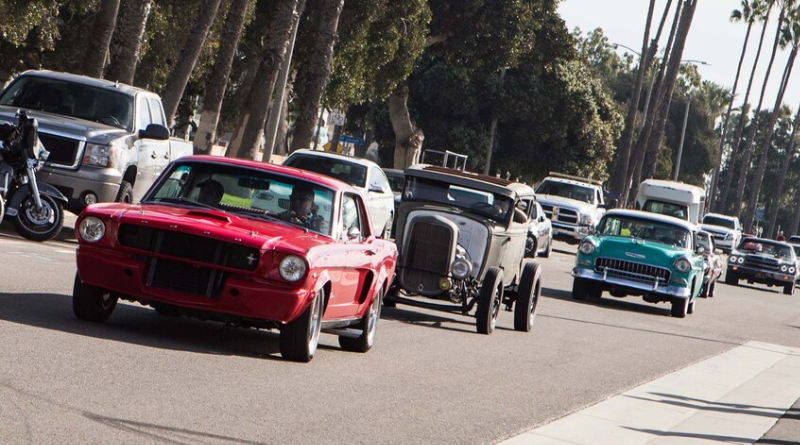
Wagenbrenner points to Southern California’s Quarantine Cruise as one event that sprang from the pandemic era and continues to grow and thrive – largely thanks to its social-media-friendly format. Exclusively promoted via Instagram, organizers united these enthusiasts to meet in a location, cruise the Pacific Coast Highway and enjoy what were initially valuable moments of normalcy during a challenging time.
Word of mouth and the constant flow of social media content allowed the group to flourish, growing to more than 1,500 attendees each month over the last two and a half years into an event that Hot Rod Magazine called “one of the largest rolling car shows in the country.”
“Not having the ability to gather and congregate for a period of time really seemed to motivate more people to now do exactly that: be out and get together,” Wagenbrenner says. “Events, shows, expos – on and off-road – are seeing tremendous numbers and incredible participation. There are countless opportunities for enthusiasts, suppliers and shops to bring the social media interaction to the next level with an in-person connection.”
More importantly, adds Teunissen, “once the gathering is over ‘in real life,’ it continues virtually via social media.” For days afterwards, photographers and social media influencers share pictures and videos from the event which allows even non-attendees to feel like they participated. “It’s just another cool aspect of what social media has provided for the car enthusiasts community,” he says.
About This Sponsored Content
Keystone Automotive Operations is the leading distributor and marketer of automotive aftermarket products and services, uniquely positioned to offer customers and suppliers substantial scale, the most comprehensive inventory selection in the industry, high levels of customer service and innovative marketing support. Keystone is committed to expanding its offerings to meet the ever-growing needs of its customer base, providing them everything they need, when they need it.
